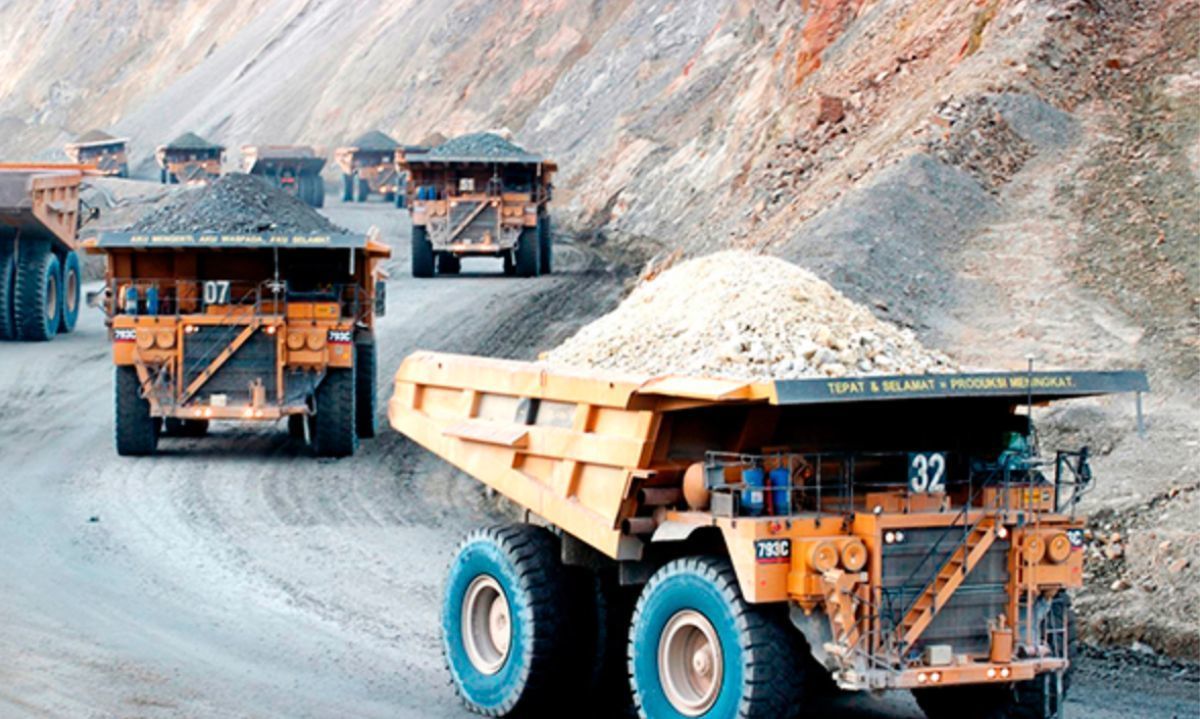
The CEO of Camino indicated that over USD $28 million has been invested in adjacent projects, delineating copper resources and gold mineralization.
Camino Minerals has initiated the construction of roads and drilling platforms at its María Cecilia copper porphyry project in Peru. Activities commenced in late March, with drilling set to begin by late April 2024.
Approximately 6 kilometers of roads will be built to connect with the existing network in the area. The María Cecilia project is situated in the Cordillera Negra of the Andes at an elevation of 4,300 meters, approximately a 3-hour drive from the nearest mining town of Caraz.
"The drilling program starting in April at María Cecilia provides the opportunity to make a new copper discovery in a project that has seen over 30,000 meters of historical drilling. Over USD $28 million has been invested in adjacent projects, defining copper resources and gold mineralization, but the central porphyry target of our project has never been drilled," said Camino's CEO, Jay Chmelauskas. "It's a bold drilling strategy, but one where multiple pulses of mineralization provide a considerable, rare, and high-quality opportunity for a copper discovery."
The María Cecilia complex is a mineralized intrusive system that extends over 5 km and hosts the mineral resources of Toropunto, Emmanuel, and the unexplored central porphyry target, María Cecilia. The María Cecilia target exhibits the largest magnetic anomaly in the porphyry complex. Camino intends to drill up to two holes of 750 meters to intercept a significant magnetic anomaly with the potential to host a robust mineralized porphyry system.
Molybdenum has been found during previous explorations immediately adjacent to María Cecilia, and zoning models indicate possible proximity to a copper source. The proposed drilling program aims to discover high-grade copper mineralization and associated minerals within the host rocks. This rock package is believed to have the potential to host significant mineral deposits characteristic of large-scale porphyry-style mineralization.




